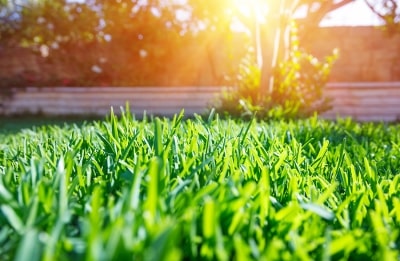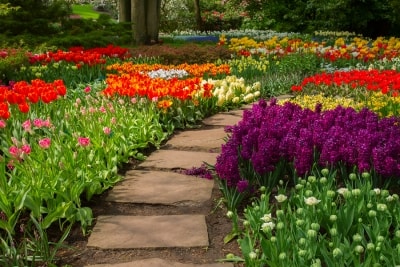LANDSCAPING TIPS FOR THE SUMMER SEASON
Summer heat and activities can take a toll on your garden design near Westchester County. Use these tips to help keep your landscaping looking great through the warm weather months:
Familiarize yourself with your lawn.
Once summer is underway, your grass is likely to take a beating from the long days of intense sun. To help keep your garden landscaping looking its best throughout the season and into fall, determine what type of grass you have and learn the specifics of its growth cycle and care needs. For example, warm season grasses will have growing characteristics that differ from cool season ones.
Look into local plants.
If you’re hoping to spend less time maintaining your landscape design this summer, then consider switching some of your non-native plants to varieties that grow locally. Native plants are usually better adapted to your area meaning that they can require less fertilizer, pesticides, and upkeep. Additionally, plants that are accustomed to your local climate often need less water than other options.
Incorporate hardscaping into your yard.
Like native plants, including hardscaping in your landscape design can make a significant difference in the amount of time you have to spend working in your yard this summer. Besides increasing the curb appeal of your home, concrete, stone, and flagstone can add visual interest to your property, reduce your water usage, and provide a clean and finished appearance to your garden.
Examine your trees for damage.
For many areas, summertime brings with it severe storms. During the season, keep an eye on your landscaping, particularly the trees, for any signs of damage. Leaning, broken, and fallen trees or branches can present a hazard to your family in addition to being an eyesore.
Watch for signs of lawn problems.
In some cases, brown or yellowed patches in your grass are not a result of the summer heat but are instead an indication of a diseased lawn. During summer, your grass can be particularly vulnerable to problems like pests and fungal growth. If you notice brown spots, thinned areas of grass, or discolored blades, call your local landscaping company for advice.



